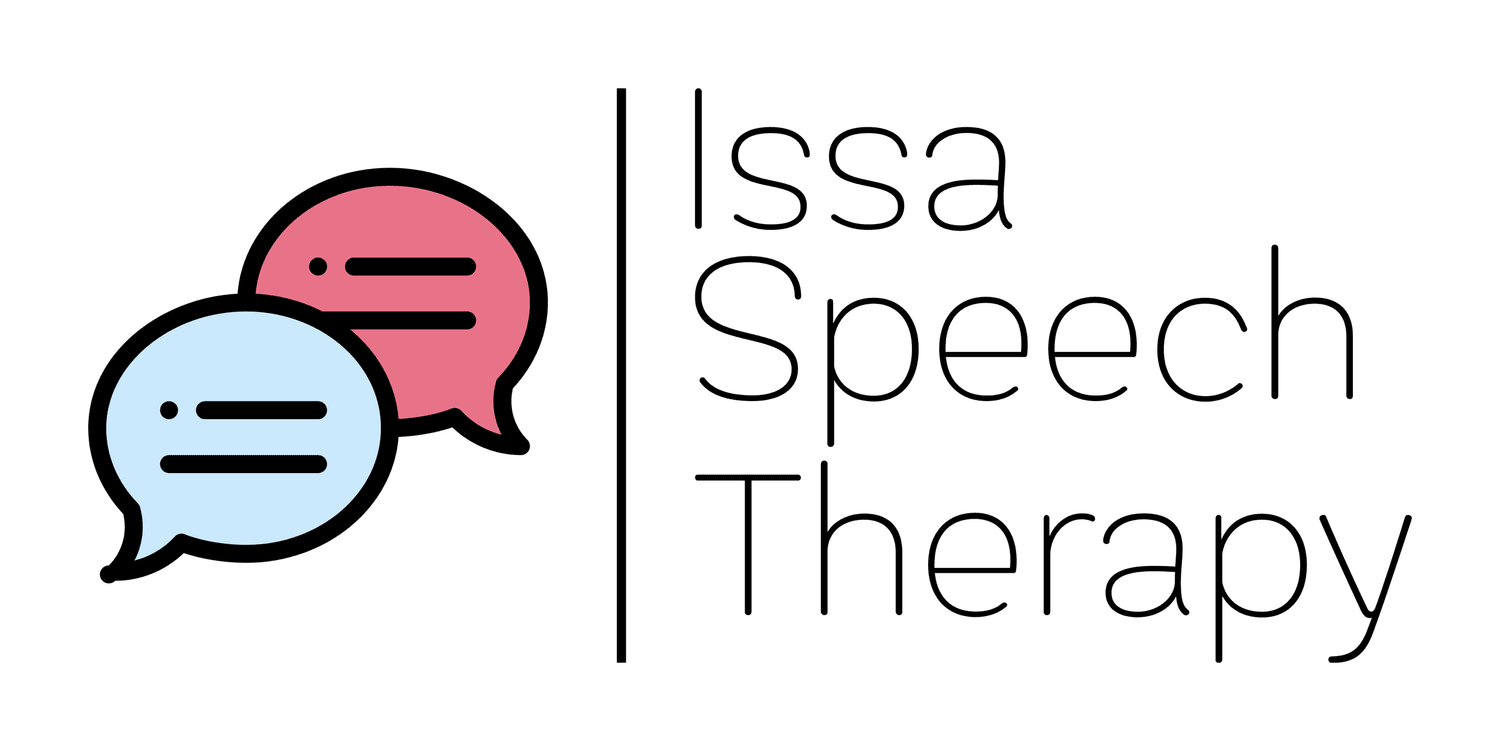
Voice Disorders
Common causes, symptoms, and treatment of voice problems
What Is Voice Disorders?
Voice disorders, also known as dysphonia, refer to a range of conditions that affect the production of sound in the larynx (voice box) and the quality of an individual's voice. These disorders can arise from various causes and can have a significant impact on communication and quality of life. Here's an overview of common causes, symptoms, and treatments for voice problems:
Common Causes of Voice Disorders:
Vocal misuse/abuse: Speaking or singing too loudly, excessive throat clearing, frequent coughing, yelling, or improper vocal technique.
Benign vocal cord lesions: Noncancerous growths on the vocal cords, such as vocal nodules (calluses), polyps, or cysts.
Vocal cord paralysis/paresis: Damage or weakness of the nerves that control the vocal cords, often caused by injury, surgery, stroke, or neurological conditions.
Laryngitis: Inflammation of the vocal cords due to infection, overuse, allergies, or respiratory conditions.
Gastroesophageal reflux disease (GERD): Acid reflux from the stomach can irritate the vocal cords.
Neurological disorders: Conditions like Parkinson's disease, multiple sclerosis, or spasmodic dysphonia can affect vocal cord control.
Psychological factors: Stress, anxiety, or emotional factors can contribute to voice problems.
Common Symptoms of Voice Disorders:
Hoarseness or roughness in voice quality.
Vocal fatigue or discomfort after speaking.
Difficulty projecting the voice.
Pitch breaks or voice cracks.
Voice strain or reduced vocal range.
Voice loss or aphonia (inability to speak).
Breathiness or weak voice.
Voice breaks or tremors.
Increased effort to produce sound.
Voice problems interfering with daily activities.
Treatment of Voice Disorders:
Vocal rest: Limiting voice use and avoiding vocal strain can help the vocal cords heal in cases of acute laryngitis or vocal cord inflammation.
Voice therapy: Working with a speech-language pathologist to learn proper vocal techniques, improve vocal habits, and address any underlying muscle tension or misuse.
Surgical intervention: In some cases, surgical procedures may be necessary to remove vocal cord lesions or correct structural abnormalities.
Botox injections: For conditions like spasmodic dysphonia, Botox injections can help relax the overactive vocal cord muscles.
Management of underlying conditions: Treating any underlying neurological or psychological conditions may help alleviate voice problems.
Lifestyle modifications: Avoiding vocal abuse, staying hydrated, quitting smoking, and managing stress can contribute to vocal health.
It's important to consult with a healthcare professional, such as an otolaryngologist (ear, nose, and throat specialist) or a speech-language pathologist, for proper diagnosis and guidance regarding voice disorders. Treatment approaches may vary depending on the specific condition and its underlying causes.

